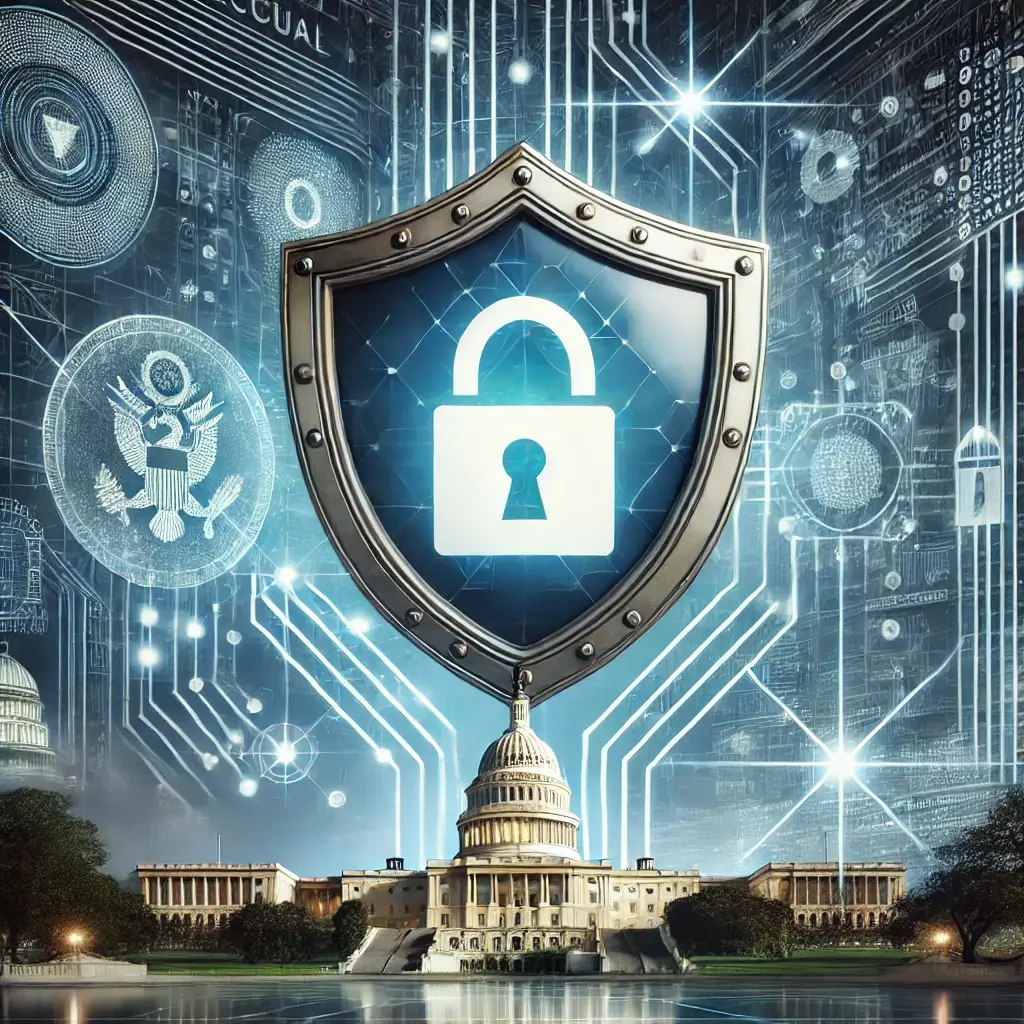On January 16, 2025, President Joe Biden issued a comprehensive executive order aimed at enhancing the cybersecurity posture of the United States. The order targets critical areas such as software security, artificial intelligence (AI), and protection against foreign cyber threats, with significant implications for the public and private sectors.
Key Components of the Executive Order
- Minimum Cybersecurity Standards for Government Contractors
The order mandates the development of minimum cybersecurity standards for technology contractors working with the federal government. Contractors must provide evidence of compliance, ensuring that software used by federal agencies is safeguarded against known vulnerabilities and hacking threats. - Sanctions Against Foreign Hackers
It empowers the administration to impose sanctions on foreign actors responsible for cyberattacks on U.S. entities, including ransomware attacks targeting critical infrastructure like hospitals. This move strengthens the U.S. stance against international cyber threats. - AI Integration for Cyber Defense
Programs to leverage AI in bolstering cyber defenses are a central focus. The order includes initiatives like a Pentagon cyber defense program and a pilot program within the energy sector, ensuring the U.S. remains competitive against nations such as China. - Defenses Against Quantum Computing Threats
Federal agencies are required to enhance their cybersecurity to guard against future threats posed by advanced quantum computers, which could potentially compromise current encryption methods. - Software Supply Chain Security
The order addresses vulnerabilities in the software supply chain, requiring vendors to demonstrate secure development practices and proper management of cryptographic keys and tokens. This measure responds to recent high-profile cybersecurity incidents.
Reactions and Anticipated Challenges
The timing of this executive order, issued in Biden’s final days in office, has sparked varied reactions. President-elect Donald Trump has expressed plans to review and possibly repeal some measures, citing concerns about regulatory burdens and economic growth. However, cybersecurity experts emphasize that the issue is bipartisan and expect key provisions to remain intact, given their importance in protecting the nation’s digital infrastructure.
Future Implications
Biden’s executive order represents a bold step in addressing escalating cyber threats and reinforcing the nation’s digital resilience. Effective implementation will rely on continued support from the incoming administration and collaboration with the private sector. Public-private partnerships will play a critical role in tackling the increasingly complex global cybersecurity landscape.
This initiative underscores the urgency of safeguarding critical systems against evolving cyber threats while ensuring that the United States remains at the forefront of technological innovation and security.




